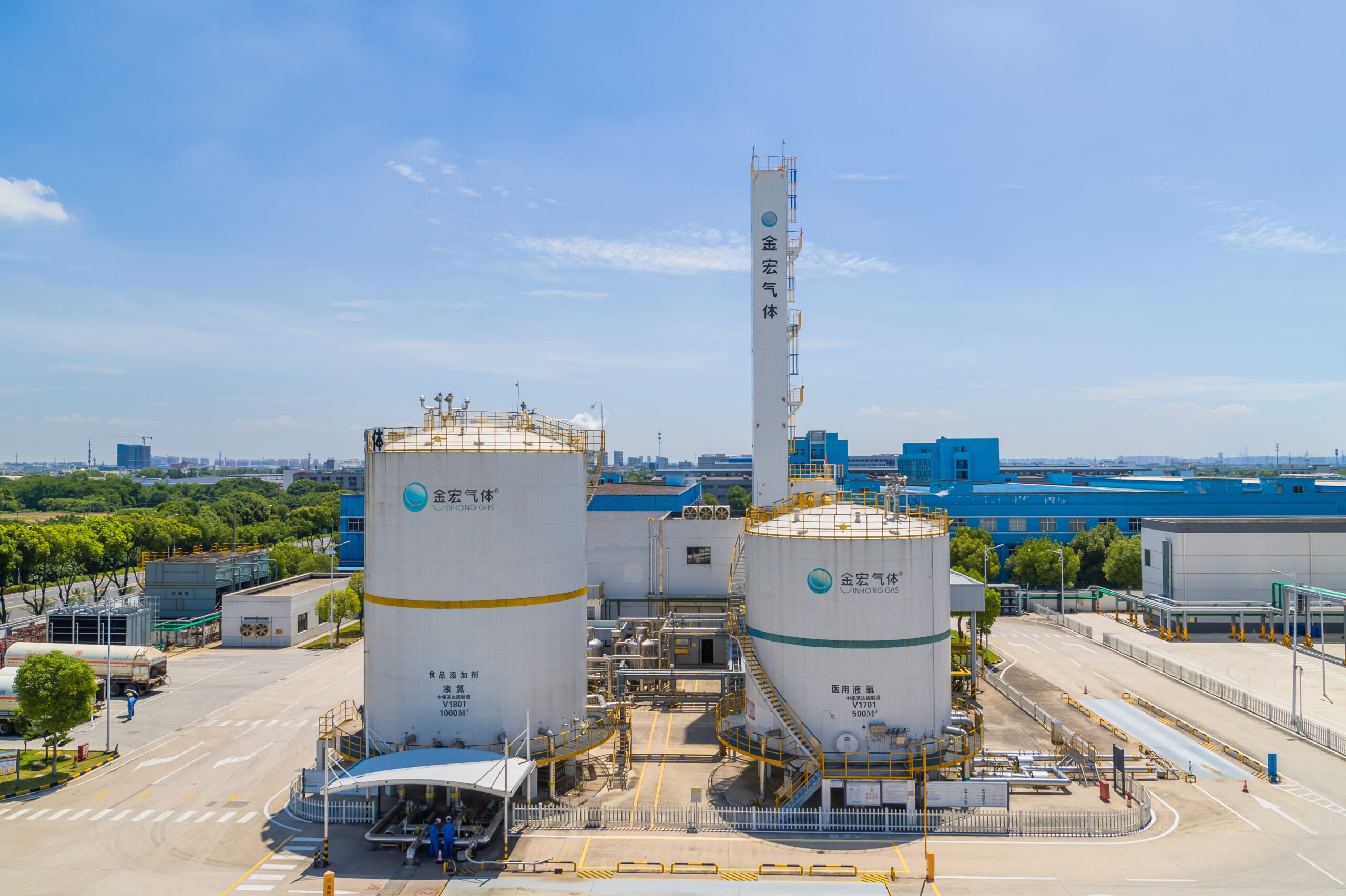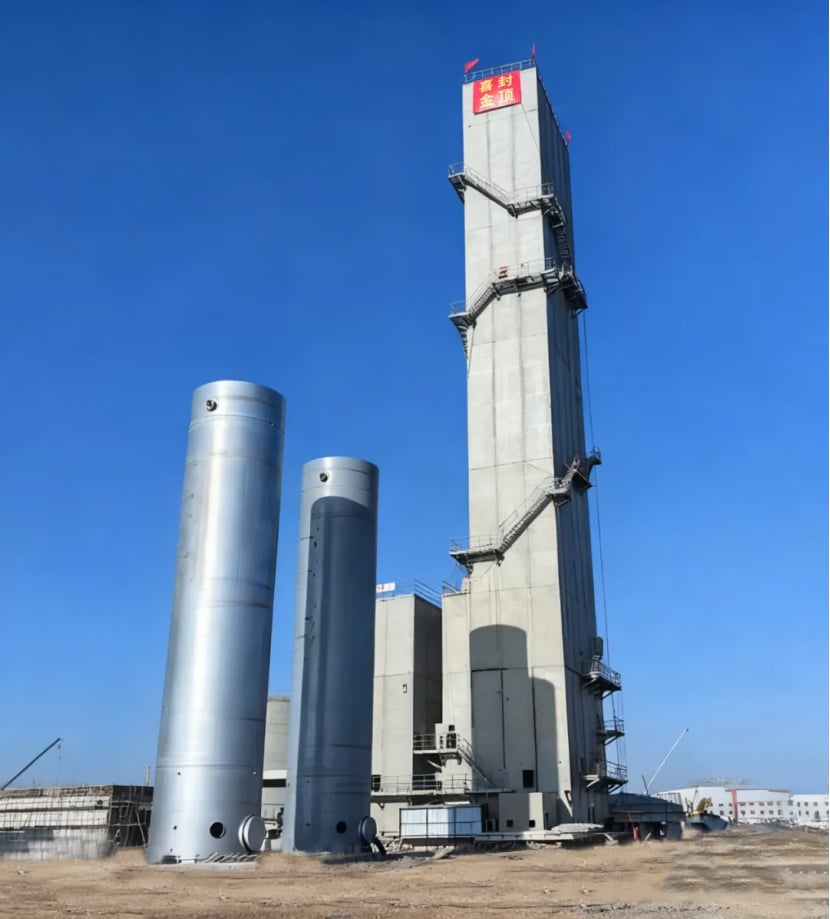Gas cylinders are portable pressure vessels designed for repeated use under normal environmental conditions (-40°C to 60°C), with nominal working pressures ranging from 1.0 to 30 MPa (gauge pressure) and nominal capacities between 0.4 and 1000 liters. They are used to contain permanent gases, liquefied gases, or dissolved gases.

As pressure equipment, gas cylinders carry an inherent risk of explosion. The gases they contain are often flammable, explosive, toxic, or highly corrosive. Additionally, due to their mobile nature, frequent refilling, and operation by varying personnel in diverse conditions, the operational environment for gas cylinders is more complex and hazardous compared to other types of pressure vessels.
According to the Special Equipment Catalogue, gas cylinders are defined as containers with nominal working pressures equal to or greater than 0.2 MPa (gauge) and a pressure-volume product equal to or greater than 1.0 MPa·L, used to store gases, liquefied gases, and liquids with a standard boiling point equal to or below 60°C. These include:
- Seamless cylinders
- Welded cylinders
- Special cylinders (e.g., cylinders with internal fillers, fiber-wound cylinders, cryogenic insulated cylinders)
Cylinder Safety Regulations
- TSG R0006-2015 – Safety Technical Regulation for Gas Cylinders
This regulation applies to gas cylinders with nominal volumes of 0.4L to 3000L, working pressures of 0.2 MPa to 35 MPa, and a pressure-volume product of at least 1.0 MPa·L. It includes cylinders for compressed gases, high/low-pressure liquefied gases, cryogenic liquids, dissolved gases, adsorbed gases, and mixed gases. - Excluded from TSG R0006 are:
- Cylinders in fire extinguishers that only experience momentary pressure during discharge
- Stationary cylinder-type vessels
- Cylinders used in military, nuclear, aerospace, railway, marine, or airport applications
- Vehicle Cylinders must also comply with TSG R0009 – Technical Supervision Regulation for Vehicle Gas Cylinders.
- Cylinder Accessories must conform to TSG RF001 – Safety Technical Regulation for Cylinder Accessories.
Key Parameters of Gas Cylinders
- Compressed Gas: Maximum pressure at 20°C
- Liquefied Gas: Maximum pressure at 60°C
- Dissolved Gas: Pressure under equilibrium at 15°C
- Insulated Cylinder: Highest possible gas phase pressure during normal use
- Mixed or cryogenic liquids: As defined by applicable standards
- Filling Coefficient: Maximum weight of gas per unit water volume, as per TSG R0006-2014
Types of Gases Stored
- Compressed Gases: Gaseous at -50°C (e.g., oxygen, nitrogen)
- High/Low Pressure Liquefied Gases: Partially liquefied above -50°C
- Cryogenic Liquids: Liquefied under deep cooling; Tc ≤ -50°C
- Dissolved Gases: Dissolved in a solvent under pressure (e.g., acetylene)
- Adsorbed Gases: Adsorbed onto materials under pressure
Design Life
The manufacturing entity must specify the design life of the cylinder and its valve, and clearly mark this on the design documentation and cylinder body. If the design life exceeds standard limits, additional tests or design margins must be implemented.
Pressure Classifications
- High-Pressure Cylinders: ≥ 10 MPa
- Low-Pressure Cylinders: < 10 MPa
Structural Requirements (Per TSG R0006 §3.9)
- Basic Requirements:
- High-pressure and fiber-wound cylinder liners must be seamless
- Low-pressure cylinders may be welded or seamless
- Welded joints must comply with product standards
- Bottom Design of Seamless Cylinders:
- Domed bottoms must have smooth transitions and adequate wall thickness
- Dished bottoms must include transition sections with smooth joining to the cylinder shell
- Welded Cylinders:
- Longitudinal welds: Max one
- Circumferential welds: Max two
- High-Pressure Cylinders for Low-Pressure Gases:
- Must meet corresponding standards for high-pressure cylinders
- Large Cylinders for Tube Trailers/ISO Containers:
- No welded joints to trailers or frames
- Anti-rotation and anti-axial movement measures required
- Vehicle-Mounted LNG Cylinders:
- Nominal volume must exceed 150L
Typical Cylinder Structures
- Seamless Cylinders:
Standard: GB5099 – Steel Seamless Gas Cylinders
Types include convex bottom, concave bottom, and H-shaped bottom structures. - Welded Cylinders (e.g., Chlorine):
Typically three-piece design with internal dip tubes, ring pads, and fusible plugs. - LPG Cylinders:
Six volume specifications: YSP4.7, YSP12, YSP26.2, YSP35.5, YSP118, YSP118-II. - Acetylene Cylinders:
Typically 40L, with porous packing. Packing material must be chemically stable and non-reactive with acetylene, solvent, cylinder body, or accessories. - Welded Insulated Cylinders:
Feature double-layer vacuum structure, multi-layer insulation, and dual safety valves (primary and secondary) to ensure overpressure protection.
Cylinder Accessories
- Valves:
- Left-hand threads for flammable gases
- Flame-retardant materials for handwheels
- Oxygen-compatible materials for oxidizing gases
- Safety Relief Devices:
Types include fusible plugs, rupture discs, safety valves, and combinations thereof. Basic principles:- Required for flammable gases, cryogenic liquids, breathing apparatus, acetylene, and trailer cylinders
- Prohibited for toxic gases
- Not recommended for LPG cylinders
Cylinder Markings
- Manufacturing Marks:
Include engraved steel stamps, adhesive labels, printed markings, and color codes as per GB7144. - Periodic Inspection Marks:
Include inspection stamps, labels, colored rings, and paint marks indicating inspection dates and next inspection due. Special use cylinders (e.g., for taxis) must be permanently labeled accordingly.
About Jinghong Gas
Jinghong Gas is a trusted supplier of industrial and specialty gases, offering a wide range of high-quality gas products including oxygen, nitrogen, argon, helium, hydrogen, and various mixed gases. We provide tailored solutions for industries such as manufacturing, medical, chemical, and electronics. With a commitment to safety, compliance, and customer satisfaction, Jinghong Gas ensures that all gas cylinders and supply systems meet or exceed national and international standards. Our expert team offers full technical support and fast delivery to meet the evolving needs of our global clients.



